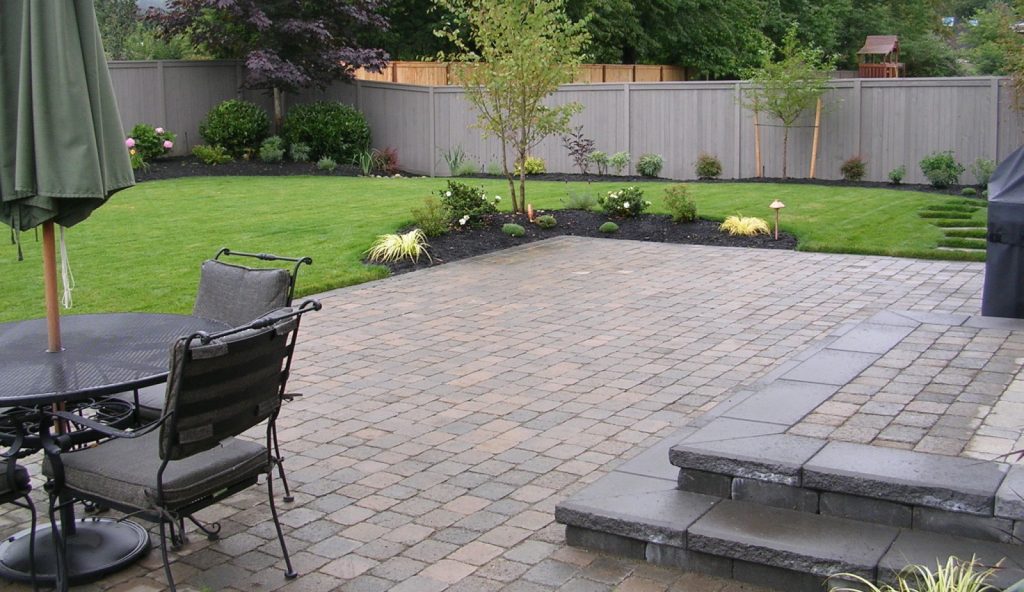The quest for travel is old as time. But it took millennia until McAdam devised asphalt pavement – an invention largely driven by the vehicles that needed it.
Nobody is sure who the first asphalt contractor was but we do know this: The first asphalt street in America was in front of the Newark, New Jersey city hall, laid in 1870. The mixture of sand and the tarry substance known as asphalt (bitumen) had previously been used for sidewalks. Note this was at a time when mass-produced bicycle transport was coming into vogue, prior to the development of horseless carriages (cars). It was the bicycle clubs that initially pressed for smooth pavement.
Shortly thereafter, Pennsylvania Avenue in Washington DC got its first pavement of asphalt. The road building industry was rather clever about impressing the Powers That Be on the benefits and virtues of solid surfaces.
But the origins of pavement and ensuring contiguous travel go back much further in history. Herewith is an abbreviated chronology of road building – and why today more than 90 percent of streets and highways are made with the asphalt “macadam”-style pavement:
2350 B.C.: A cuneiform tablet from the Akkadian Empire (Arabian Peninsula) includes directions on using bitumen, the tarry substance later used in road building that then was used as a water seal on baths and cisterns.
2000 B.C: The Silk Road connected Asia and the Middle East, and later (13th century A.D.) provided Marco Polo a means to find China and bring gunpowder and paper (but not spaghetti, per popular legend) to Italy. That early version of a highway had a big problem: Use caused ruts, and rain caused puddles and washouts.
312 B.C.: The Romans completed the Appian Way, which involved small stones in mortar laid on top of dirt, topped with tightly interlocked stones that were cambered along the spine of the road (slight elevation along the middle to promote runoff), with ditches on the side to channel storm water away. Portions of the road were a mix of iron waste and gravel, which oxidized and fused from rain, forming an interlocking surface. The water and erosion problem was solved? Not quite. The success of those roads taking traffic was dependent on bedrock below; a soil subsurface usually meant a rougher stretch of the Way.
19th Century: Since the Romans all kinds of efforts to ensure smooth pavement were tried. But bicyclists needed flat surfaces, and soon thereafter the cars did even more so. This created the drive for John McAdam to apply his engineering skills to dependable road building.
The problem was then and remained (even today) water and deterioration – for travelers on the Silk Road and Appian Way and bicyclists in Newark and Washington DC and Chicago and Los Angeles. But McAdam had a plan.
Rather than depend on a solid bedrock foundation, which isn’t available everywhere, and from experiencing the shortcomings of brick and wood plank streets (part of why Chicago burned to the ground in 1871), McAdam theorized that a solid upper crust (asphalt pavement) placed over gravel could be sustained over soil instead of bedrock.
McAdam was correct – so much so the “Macadam” road building style was pretty much the template for what has been built ever since. That style includes a middle layer of angular rocks (not round pebbles) that when compressed form a lock. The upper layer also uses angular (but to a lesser degree) rocks mixed with bitumen (asphalt), and sand. Importantly, compaction of the water-resistant upper layer is done so that cambering along the center of the road allows rain runoff.
20th century: The success of Henry Ford’s affordable Model T cars were the impetus for applying the macadam method to roads in the first half of the century, with even greater needs following World War II. National security concerns drove the interstate highway system – a boon to seeing the USA in your Chevrolet, but also to allow movement of vehicles from coast to coast as needed. Every fifth mile of the Interstate System is straight, allowing it to be used as an airplane landing strip.
Some roads are built of concrete but not many (about 4%; 96% are asphalt). Concrete costs more, is inflexible to utility work under streets, takes more time to construct and is noisier to build. By some estimation, asphalt is the “greener” material, involving fewer greenhouse gases in its production than with concrete. This is subject to some debate because different circumstances such as location yield different comparisons; also, concrete is often a subsurface to asphalt, particularly in superhighway construction to increase resiliency to heavy traffic.
Importantly, both asphalt and concrete are routinely recycled. And just as important: a smooth road enables smoother driving and more efficient fuel usage.
It’s been a long way from the original Silk Road to America’s interstate highways, parking lots and driveways. Fortunately, things have gotten better – as have the vehicles that transverse our mostly-asphalt transportation corridors.

